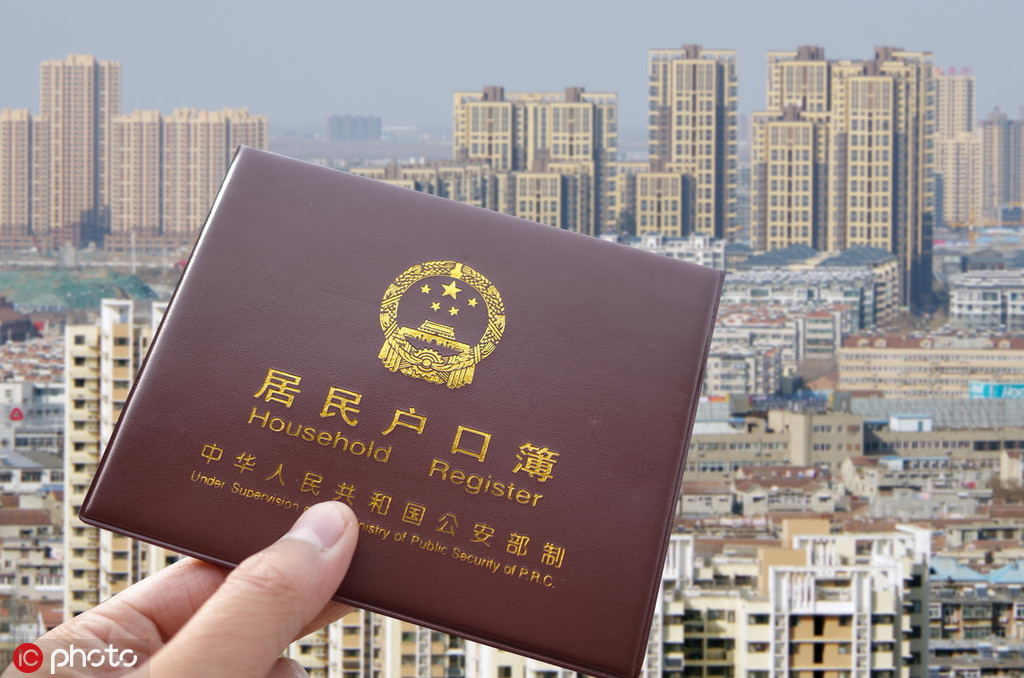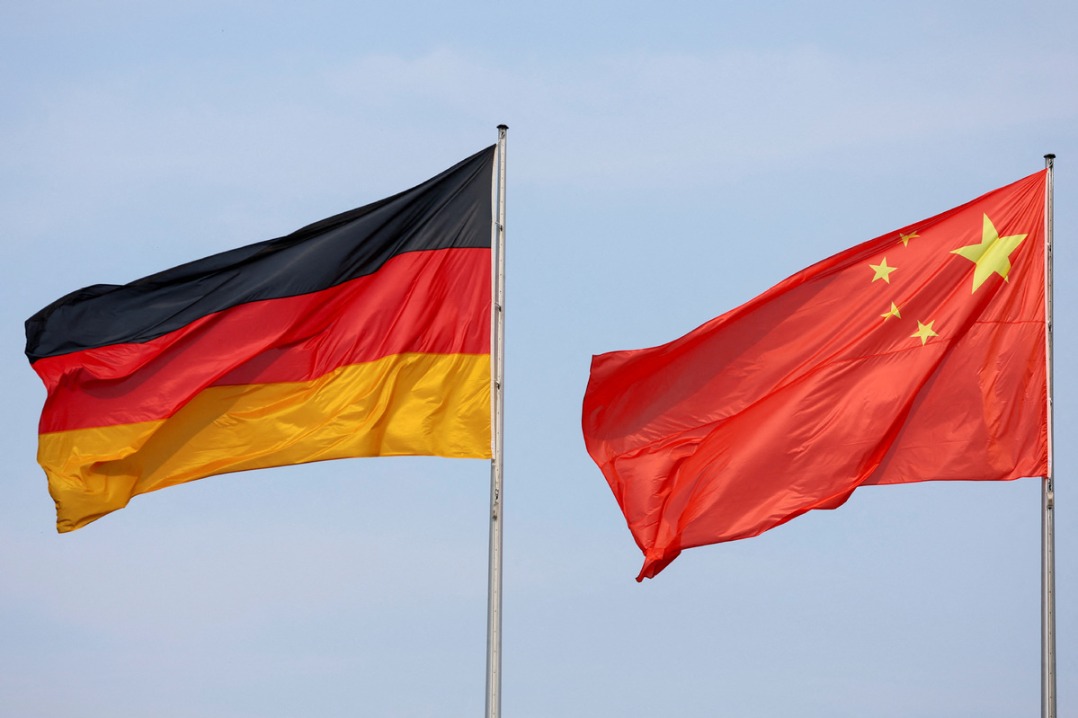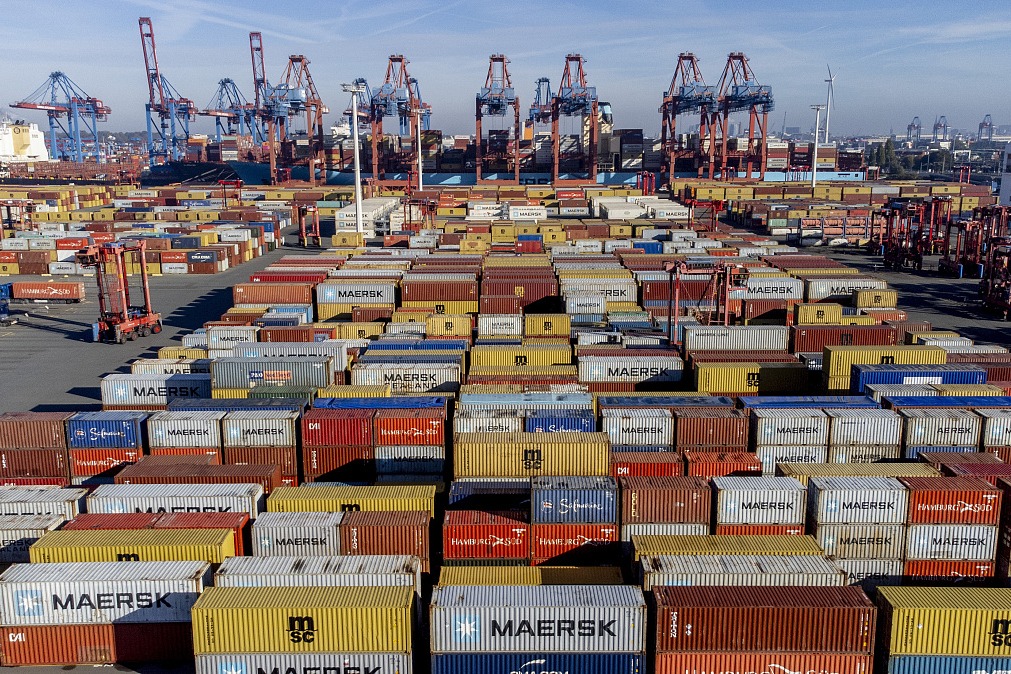Residency shift part of plan to boost urban base


China will take key measures in a new push to improve its cities through boosting the urban population and bolstering the nation's high-quality and stable economic growth, the country's top economic planner said.
Measures include relaxing residency curbs, promoting investment and financing mechanisms and increasing infrastructure spending in cities.
The National Development and Reform Commission issued on Monday key tasks for 2019's new urbanization boost, which will help maintain the country's sustainable and healthy economic growth and overall social stability.
China aims to increase the urbanization rate by at least 1 percentage point by the end of this year, according to a document posted on the NDRC's website. The proportion of urban population to total population reached 59.58 percent in 2018.
The objective is part of its larger goal, set in 2014, to move 100 million rural residents, mostly migrant workers, to cities by 2020.
Under the plan, cities with a population under 3 million should remove all limits on hukou — household registration — and cities with populations between 3 million and 5 million should relax restrictions on new migrants. Having hukou in a city generally confers more social benefits on residents.
Megacities including Beijing and Shanghai should improve the points system to qualify for household registration, allowing more people to settle in those cities.
"In the future, the main driving force of China's urbanization will be conferring the benefits of urban citizenship on rural migrant workers," said Xu Lin, former director of the NDRC's development planning department. "In this process, it is key to offering new migrants treatment equal to that of city residents."
China has made steady progress in urbanization, as permanent urban residents amounted to 831 million at the end of 2018, up by 17.9 million from the previous year, according to the National Bureau of Statistics.
Xu said the country's urbanization may hit 70 percent by 2030.
"China's urban development should take the road of sustainable development," Xu said. "We should pay more attention to green city construction, green industrial development and low-carbon energy-saving development. And we should also ensure that migrant workers have the same social rights as native residents."
The NDRC proposed the introduction of various monetary policies to resolutely curb the rise in hidden local government debt, encourage commercial financial institutions to appropriately increase the credit supply and support qualified enterprises to issue bonds for financing.
To implement the new urbanization tasks, China will improve the appropriate positioning of different cities in various fields, develop high-end manufacturing and producer services in big cities and guide small and medium-sized cities to consolidate manufacturing centers.
Xu Lin said with rapid urbanization, 80 percent of China's urban citizens will live in some 20 city clusters in the future.
"Gathering various resources, the city clusters will benefit from economies of scale and agglomeration, and the coordinated development of those city clusters will help share and build the basic urban foundation, bring stronger competitiveness and improve people's lives," said Chen Yuyu, an economics professor at Peking University's Guanghua School of Management.
MOST POPULAR
- 1 Things to know about China Intl Consumer Products Expo 2024
- 2 China tops FDI confidence index of emerging markets
- 3 China specifies steps to improve payment services in tourist attractions
- 4 Low-altitude economy set to take off
- 5 China's immigration service platform receives over 10m calls from home, abroad
Editors' Picks
 Infographic:
A look at China's economy in Q1 of 2024
Infographic:
A look at China's economy in Q1 of 2024
 Infographic:
China to remove foreign ownership restrictions in value-added telecom services in pilot areas
Infographic:
China to remove foreign ownership restrictions in value-added telecom services in pilot areas
 Infographic:
2023 Sino-German investment and trade in numbers
Infographic:
2023 Sino-German investment and trade in numbers
 Infographic:
China-Germany relations in graphic
Infographic:
China-Germany relations in graphic



